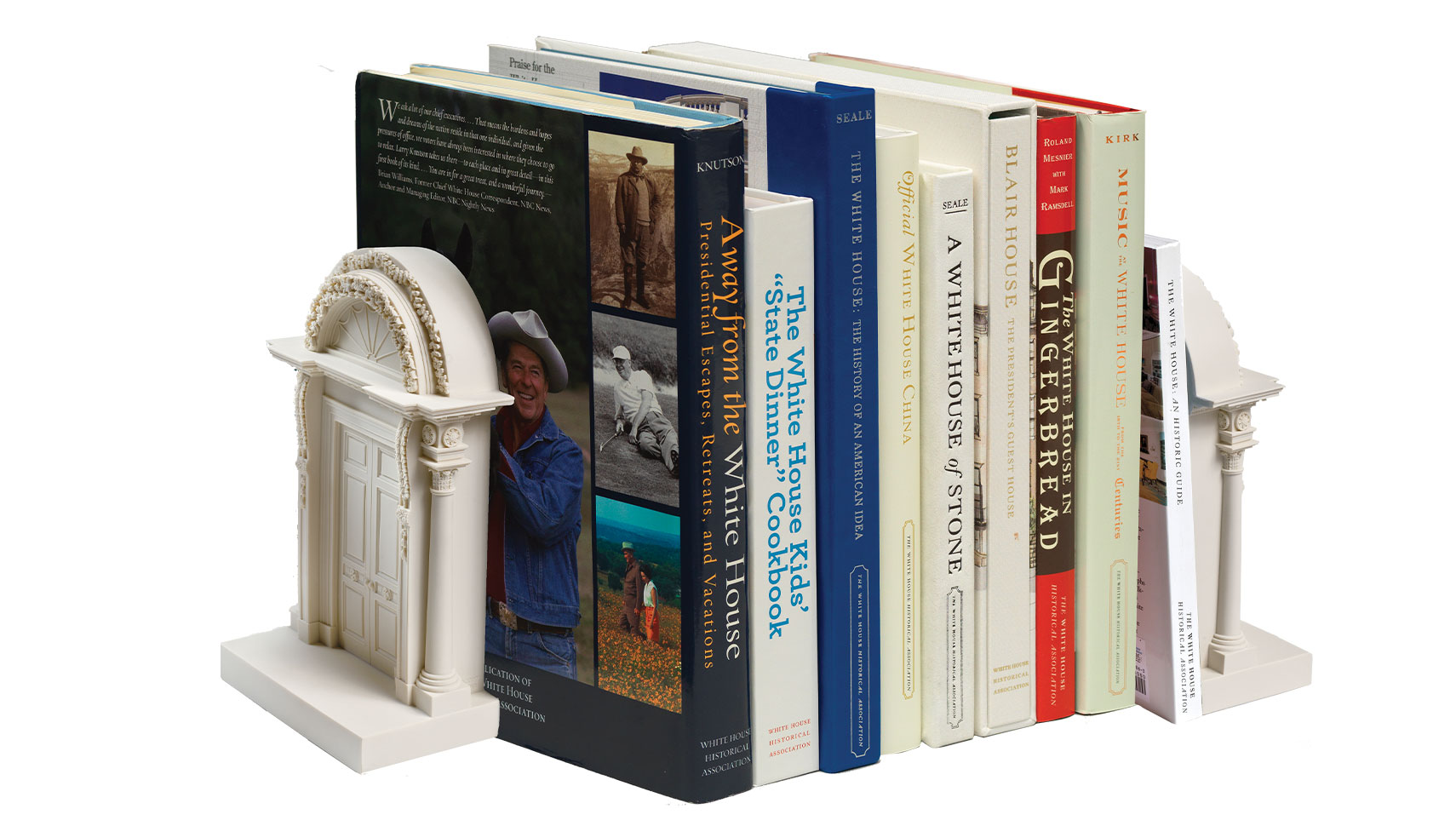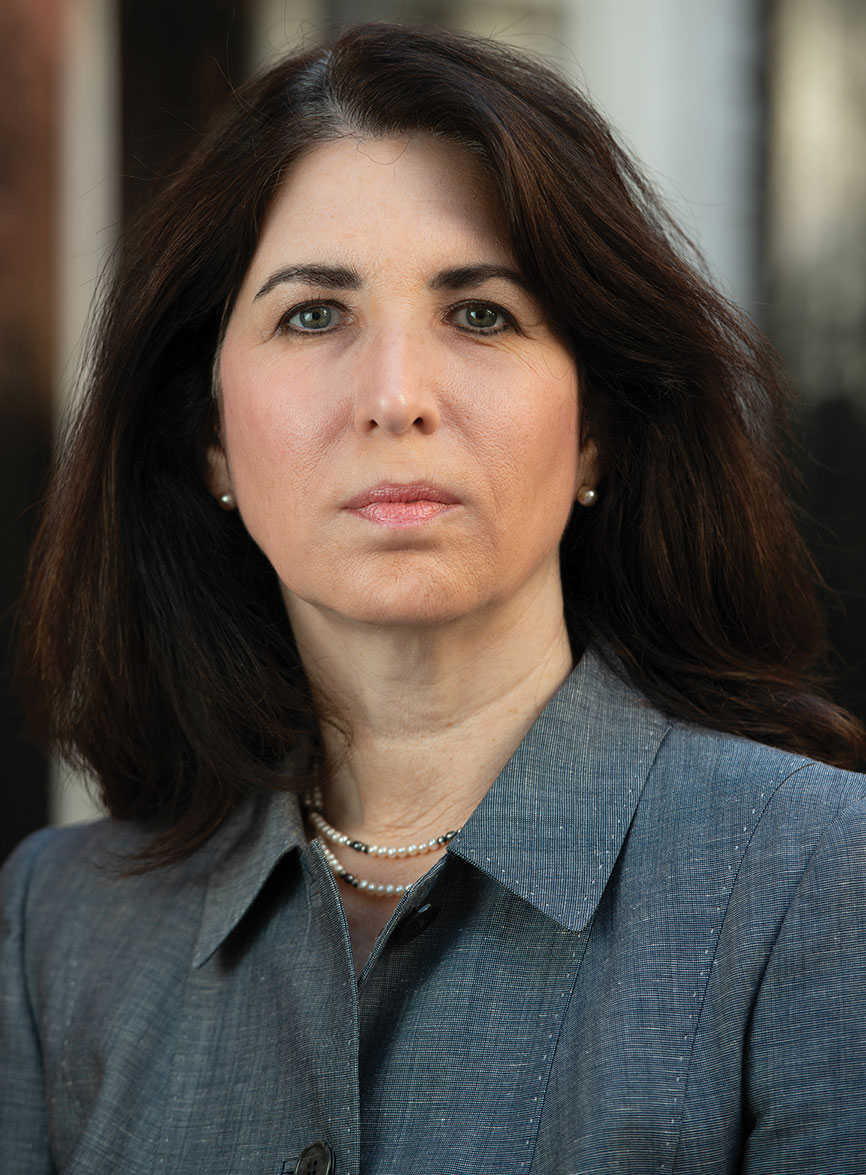History in the Making
January 25, 2021
By
Leslie McCullough M.B.A. ’17

It was a love of American history that led Marcia Anderson ’83 to William & Mary and then on to a remarkable career leading the publications program for the White House Historical Association.
Growing up near George Washington’s Mount Vernon and close to Washington, D.C., Anderson developed a deep passion for history. During a middle school vacation to Williamsburg, she set her sights on the university.
“I have a very vivid memory of mist and bricks and good feelings that launched my dream of attending William & Mary,” says Anderson, who majored in art history. “I decided to overachieve as much as possible in high school to get in. It was the only school I applied to and the experience was all that I hoped it would be.”
After graduation, Anderson earned her master’s degree in museum education from George Washington University. Her 35-year career began at the Smithsonian Institution’s Office of Elementary and Secondary Education, then the Office of Museum Programs.
Anderson spent nine years at the American Institute for Conservation of Historic and Artistic Works, managing their publication and public relations programs. She then spent a year working with the American Battle Monuments Commission on the campaign to build the National World War II Memorial.
In 1998, Anderson landed her dream job to create the first in-house publishing department at the White House Historical Association, where she is now vice president for publishing and executive editor. Along with editing general audience publications on the U.S. presidents, first ladies and life at the White House, Anderson has produced nearly 40 books during her tenure on topics ranging from the gardens, architecture, furnishings, formal china and music.

“It was a chance to combine everything that I had studied and interested me over the years — my love of history with my love of books,” says Anderson.
The nonprofit, nonpartisan educational association was founded in 1961 by former first lady Jacqueline Kennedy as part of her vision to make the White House a living museum.
“Throughout the 19th century, there would actually be auctions of unwanted contents on the White House lawn when a new first family would move in,” says Anderson. “Mrs. Kennedy envisioned the historic residence to be a showcase of American history in which everything had a reason to be there.”
Kennedy needed a private partner in her pursuit, and thus the White House Historical Association was created with the goal to disseminate knowledge of White House history and create a permanent collection of American fine and decorative arts.
“The new association needed a source of funding. In 1962, Mrs. Kennedy gave her famous televised tour of the White House and announced, ‘We are going to do a book.’ This promise became ‘The White House: An Historic Guide,’ the association’s first project,” says Anderson. “The first-ever published guide to the house, it sold for a dollar, was enthusiastically received by the public, and immediately sold out many times, thus providing the revenue needed to support the renovation projects.”
When tours were curtailed for the decade following 9/11, Anderson modernized the guide to make it a resource for those who could only view the White House from outside the fence. Now in its 24th edition, the guide has sold nearly 5 million copies.
In October, the association’s newest publication, “Wine and the White House: A History,” was released. The 450-page book traces the wines served at every State Dinner dating back to President Dwight D. Eisenhower’s administration and how important and influential wine selection decisions are as part of diplomatic and international relations.
“It is fascinating how the story of America can be seen as it played out at the White House,” says Anderson. “It is hard to imagine how one building could have so many interesting stories to tell.”
Looking back on her career path, Anderson credits her time at William & Mary for contributing to her success.
“I’m grateful for the high expectations and heavy workloads at William & Mary, which helped prepare me for the challenges I still face today,” she says. “Two lessons learned at W&M stick with me on a daily basis: ‘When you think you are finished, start over,’ and, as Dr. Seuss put it, ‘Nobody said it would be easy, they just promised it would be worth it.’ Both help with the perfection you need to publish a book.”
Over the years, Anderson’s love of Williamsburg has never wavered. She visits often and owns a house in town. And she is always on the hunt for interesting stories to tell.
“The White House Historical Association also publishes the White House History Quarterly, a magazine now in its 59th issue, which focuses on scholarly, yet approachable, history,” she says. “I would love to hear from any of my fellow W&M alumni who have fun or engaging White House stories to share.”